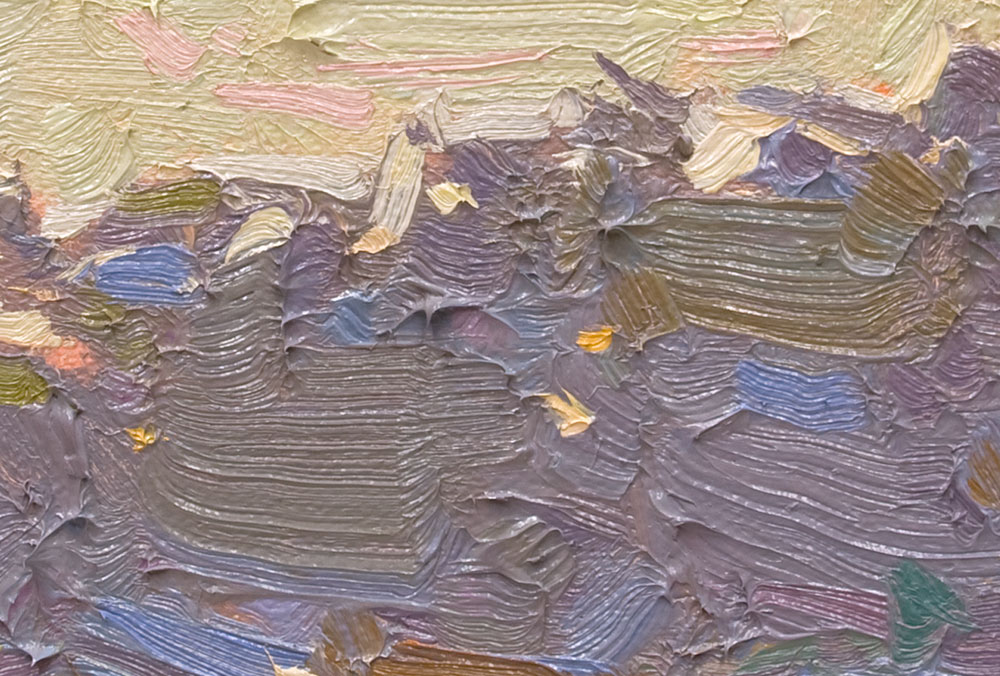Techniques, Tips, and Improvement Brushwork in Art – Brushwork is an essential aspect of artistic expression, allowing artists to create textures, forms, and emotions on various surfaces. This article delves into the realm of brushwork in art, exploring its traditional roots, its digital evolution, and methods to enhance your brushwork skills.
Understanding Brushwork in Art
Brushwork refers to the application of paint or other materials onto a surface using a brush. It encompasses a wide range of techniques that vary in stroke, pressure, direction, and texture, contributing to the overall visual appeal and emotional resonance of the artwork. https://162.214.224.194/
What is Brushwork Drawing?
Brushwork drawing involves using brushes to create lines, shapes, and textures, often using ink, watercolors, or acrylics. Artists use various brush sizes and types to achieve different effects, from delicate lines to bold strokes. https://hari88.net/

Brushwork in the Digital Age
With the advancement of technology, brushwork has extended beyond traditional mediums to digital platforms. Digital art allows artists to mimic traditional brushwork techniques using graphic tablets and stylus pens. This enables artists to experiment with textures, opacity, and blending digitally, expanding their creative possibilities.
Exploring Free Brushwork and VR Tools
Free brushwork refers to the uninhibited use of brushes, allowing for spontaneous and expressive strokes. This technique can be applied in both traditional and digital art, capturing the artist’s raw emotions and creativity.
Virtual Reality (VR) has also revolutionized brushwork, offering immersive experiences that allow artists to paint in three-dimensional space. VR tools provide a new level of interaction with the canvas, enabling artists to explore unprecedented creative dimensions.
Tips to Improve Your Brushwork
- Experimentation: Don’t be afraid to experiment with different brush sizes, shapes, and techniques. Practice will help you discover what works best for your artistic style.
- Pressure Control: Mastering pressure control is crucial. Light pressure creates delicate lines, while heavy pressure produces bold strokes. Practice varying pressure to achieve desired effects.
- Stroke Direction: Pay attention to the direction of your brushstrokes. Horizontal strokes can convey stability, while vertical strokes evoke movement and energy.
- Texture Exploration: Brushes can create various textures, from smooth to impasto. Experiment with dry brushing, crosshatching, and stippling to add depth and interest.
- Consistency: Maintain consistency in your brushwork. If you choose a specific style or technique, try to apply it consistently throughout the artwork.
- Study Masters: Study the works of master artists to observe their brushwork techniques. Analyze their use of strokes, textures, and brush sizes to gain insights.
- Practice Regularly: Practice is crucial for any skill. Set aside time to practice your brushwork techniques and observe your progress over time.
Conclusion
Brushwork in art is a versatile and captivating aspect that bridges traditional and modern techniques. Whether you’re exploring brushwork drawing on canvas or using VR tools for digital creations, the possibilities are endless.
By understanding the nuances of brushwork and dedicating time to practice, you can elevate your artistic skills and create compelling, emotive artworks that resonate with viewers.